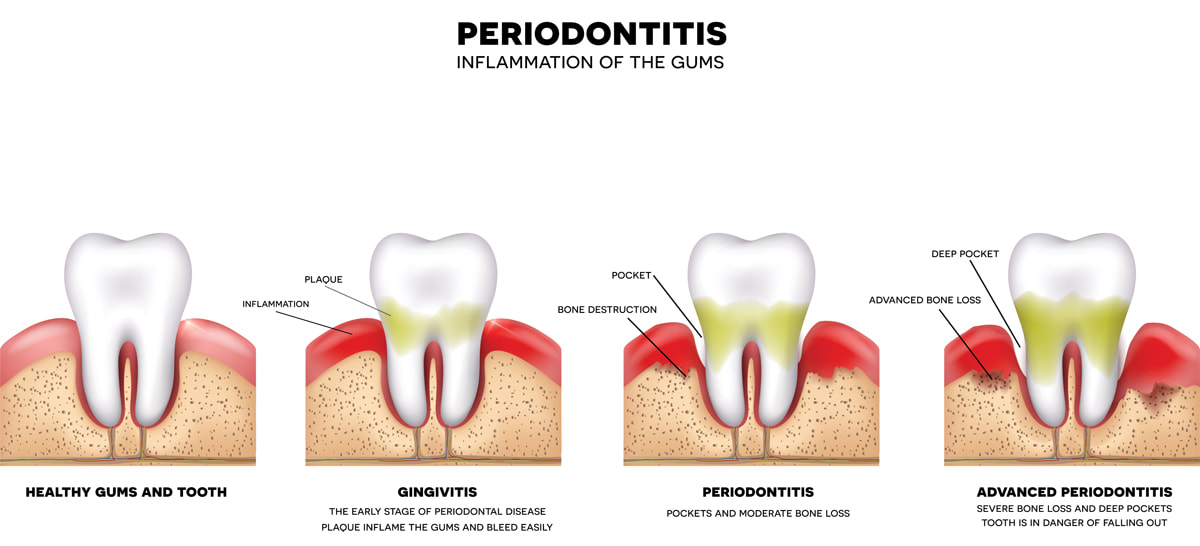
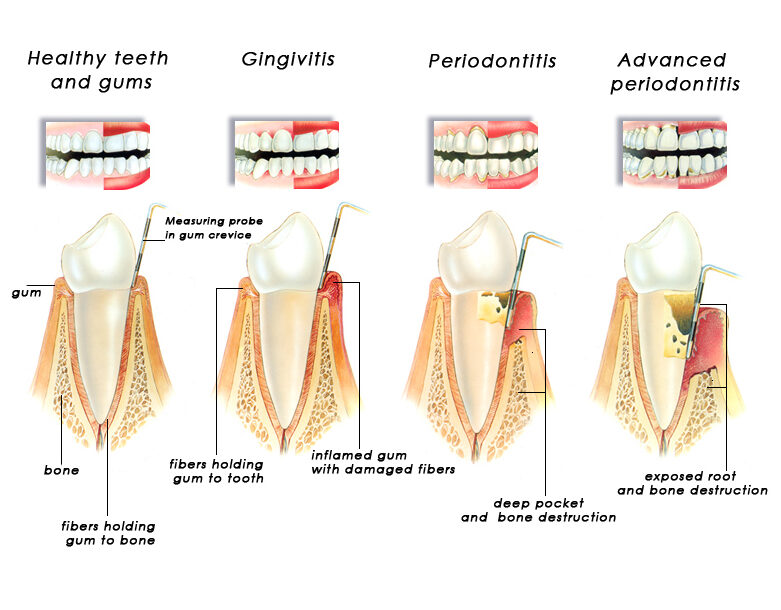

Laser gum treatment, also known as laser periodontal therapy or LANAP (Laser-Assisted New Attachment Procedure), offers several benefits over traditional gum surgery:
- Minimally Invasive: Laser gum treatment is less invasive compared to traditional gum surgery. It targets diseased tissue while preserving healthy tissue, resulting in minimal discomfort and faster healing.
- Reduced Bleeding and Swelling: Laser technology cauterizes blood vessels as it works, leading to less bleeding and swelling during and after the procedure.
- Faster Healing: Since laser treatment is less traumatic to the gums, patients typically experience faster healing times compared to traditional surgery. This means less downtime and quicker return to normal activities.
- Preservation of Healthy Tissue: The precision of laser technology allows for the removal of diseased tissue while preserving healthy gum tissue. This is beneficial for maintaining the integrity of the gums and supporting structures of the teeth.
- Minimal Pain and Discomfort: Laser gum treatment is generally associated with less pain and discomfort during and after the procedure compared to traditional surgery. Many patients require less anesthesia or pain medication.
- Reduced Risk of Infection: The high-energy light of the laser kills bacteria in the treated area, reducing the risk of infection and promoting better oral health.
- Stimulates Gum Regrowth: Laser therapy can stimulate the regeneration of gum tissue and promote attachment of the gums to the teeth, aiding in the overall health of the gums and preventing further gum recession.
- Precision and Control: Lasers offer precise control, allowing the dentist to target specific areas with accuracy. This results in more predictable outcomes and better overall treatment results.
- Less Need for Follow-Up Procedures: Laser gum treatment often requires fewer follow-up appointments compared to traditional surgery, as it promotes faster healing and better outcomes.
- Improved Aesthetic Results: Laser therapy can help improve the appearance of the gums by promoting healthy tissue growth and reducing gum recession, leading to a more aesthetically pleasing smile.
Overall, laser gum treatment offers numerous benefits for patients, including reduced discomfort, faster healing, and better long-term oral health outcomes compared to traditional gum surgery.
Periodontal Surgery
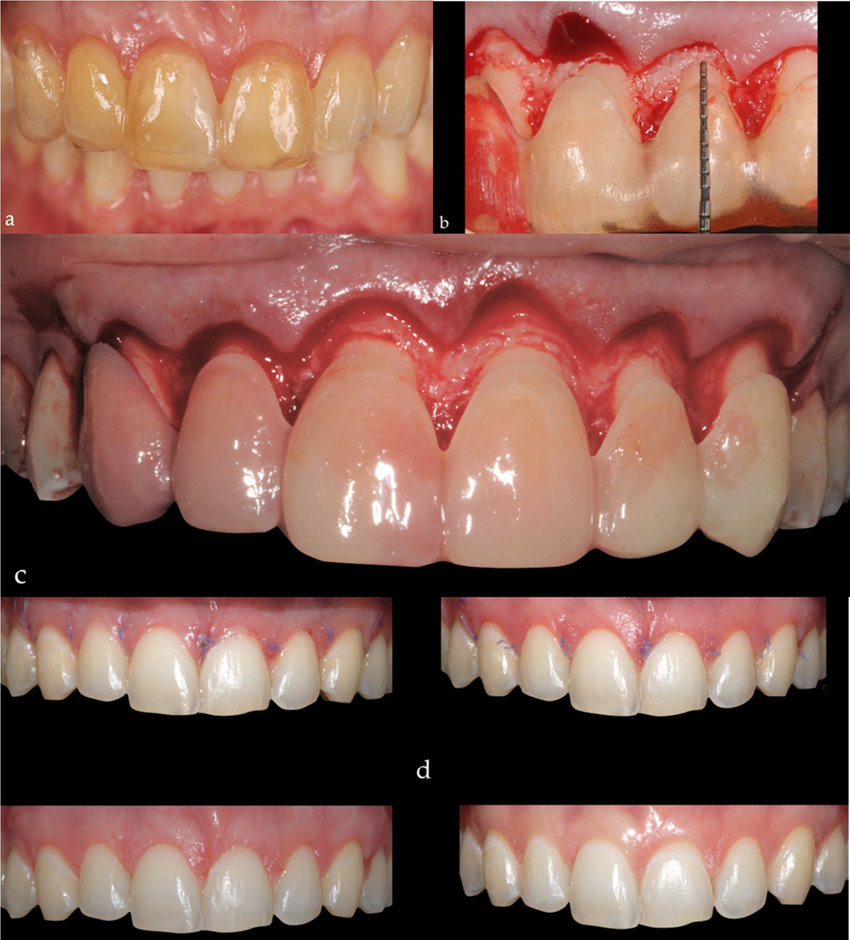
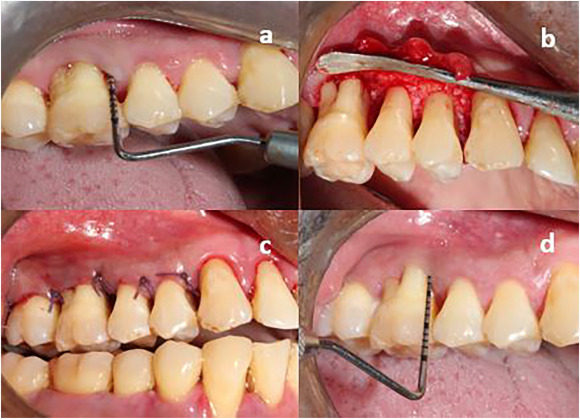



Gingival Recession and Faulty Brushing
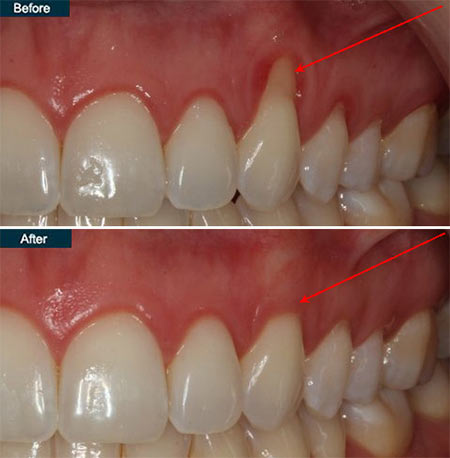
Gingival recession refers to the progressive exposure of the root surface of the tooth due to the loss of gum tissue. Faulty brushing techniques can contribute to gingival recession by causing trauma to the gum tissue and abrasive wear of the tooth surface. Here’s how faulty brushing can lead to gingival recession:
- Aggressive Brushing: Brushing too vigorously or using a hard-bristled toothbrush can damage the delicate gum tissue, leading to recession over time. The excessive force applied during brushing can cause the gums to recede away from the teeth.
- Incorrect Brushing Technique: Brushing with improper technique, such as using a back-and-forth motion instead of a gentle circular or vertical motion, can contribute to gum tissue trauma and recession. Additionally, brushing too quickly or neglecting certain areas of the mouth can result in uneven wear of the gums.
- Brushing Too Frequently: While regular brushing is essential for maintaining oral hygiene, excessive brushing, especially with abrasive toothpaste, can wear down the enamel and irritate the gums, potentially leading to recession.
- Neglecting Gumline: Inadequate cleaning along the gumline allows plaque and bacteria to accumulate, increasing the risk of gum disease. Over time, untreated gum disease can cause inflammation and destruction of the gum tissue, contributing to gingival recession.
- Using Improper Tools: Using tools such as toothpicks or hard objects to remove food particles or plaque can injure the gums and lead to recession. Similarly, using floss or interdental brushes with excessive force can damage the gum tissue.
Preventing gingival recession caused by faulty brushing involves adopting proper oral hygiene practices:
- Use a soft-bristled toothbrush and replace it every 3 to 4 months to prevent abrasive wear on the gums and teeth.
- Brush gently using a circular or vertical motion, focusing on cleaning both the teeth and the gumline.
- Avoid aggressive brushing techniques and excessive force.
- Use a fluoride toothpaste to strengthen enamel and protect against decay, but avoid abrasive toothpaste.
- Floss daily to remove plaque and food particles from between the teeth and along the gumline.
- Visit your dentist regularly for professional cleanings and to address any signs of gum disease or recession early on.
By practicing proper oral hygiene habits and using gentle brushing techniques, you can reduce the risk of gingival recession and maintain healthy gums and teeth.
Gingival Enlargement

Gingival enlargement, also known as gingival overgrowth or gingival hyperplasia, refers to the abnormal enlargement or overgrowth of the gingival (gum) tissue surrounding the teeth. This condition can have various causes and may manifest in different degrees of severity. Here’s a brief note on gingival enlargement:
Causes:
- Poor Oral Hygiene
- Medications
- Hormonal Changes
- Genetic Factors
- Systemic Diseases
- Poorly Fitted Dental Appliances
Symptoms :
- Swollen, inflamed gums
- Excessive gum tissue covering the teeth
- Difficulty in cleaning teeth properly
- Bleeding gums during brushing or flossing
- Changes in the appearance of the gums, such as redness or discoloration